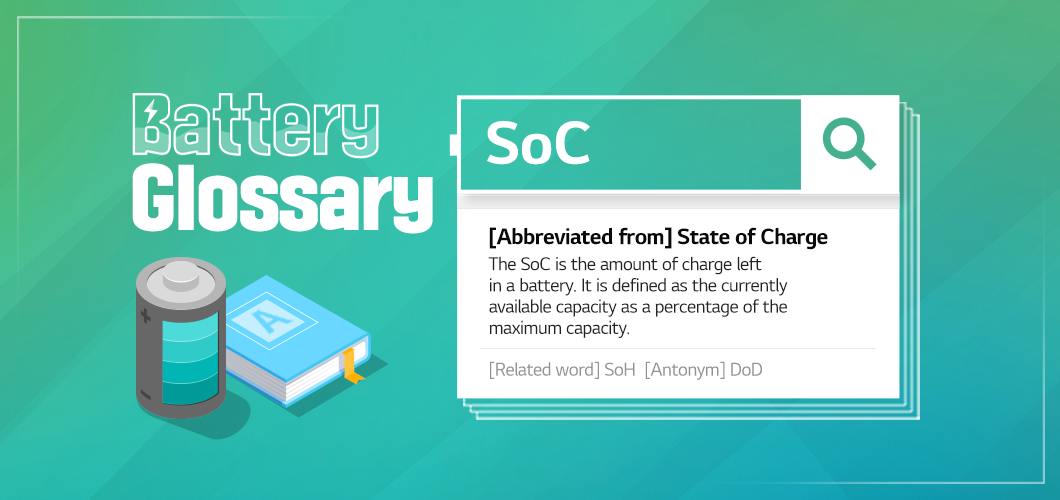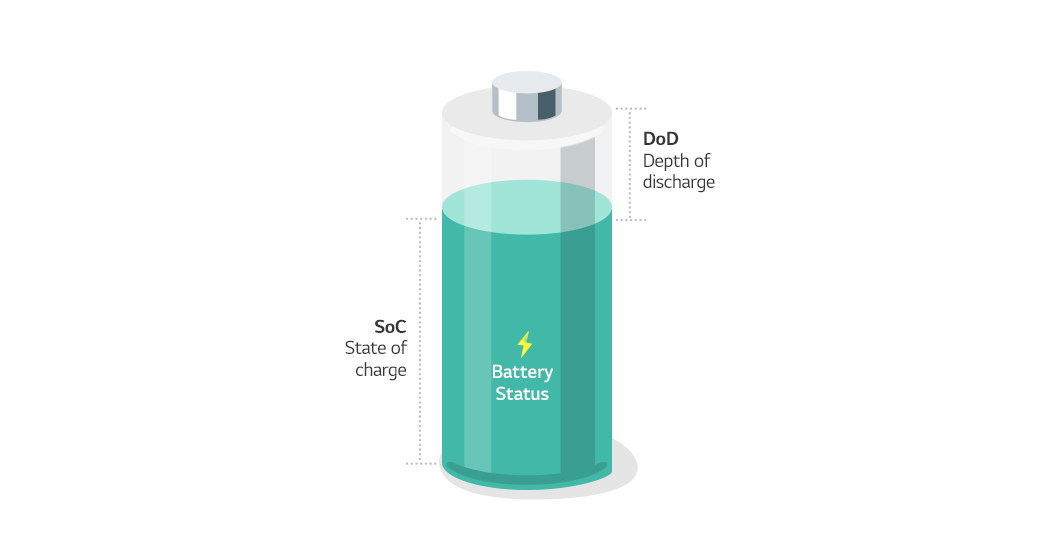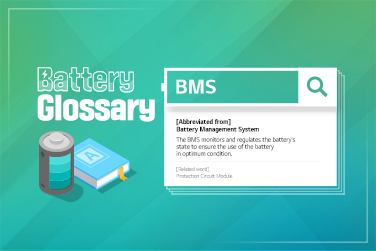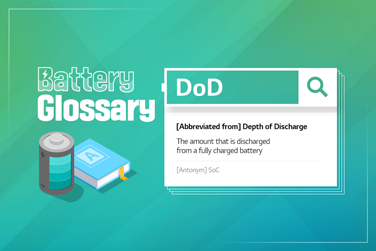When we use electronic devices in our daily lives, we almost always check how much energy is left in the batteries. What indicates the amount of energy available in a battery in percentage points is called State of Charge (SoC).

What is SoC?
The SoC is a battery jargon that refers to the level of charge of a battery. The currently available capacity is expressed as a percentage of the maximum capacity, showing the amount of charge left in a battery.
Calculation Methods of SoC
Accurate SoC estimation contributes to the competitiveness of battery manufacturers. Accordingly, calculation methods vary. Here are 4 main methods.

① Chemical method
The volume of electrolyte or acidity (pH) of a battery are measured to get SoC. (This method is applicable only to batteries that allow access to their liquid electrolyte.)
② Voltage method
The battery voltage is estimated and compared to the discharge curve.
③ Current integration method
Also called as “Coulomb counting,” this method estimates SoC by measuring the battery current and integrating it in time.
④ Pressure method
Used to calculate the remaining capacity of NiMH batteries, this method is to measure the internal pressure of the batteries.

Why is SoC So Important?
SoC has a key role in batteries. It helps battery manufacturers bolster the safety of batteries. By setting the maximum charge below the highest SoC and minimum charge over the lowest SoC, they can prevent problems that can be caused by overcharging and over-discharging. Then, customers can use batteries in a safer environment.

Also, customers can anticipate the remaining time they have for using their electronic devices by checking SoC. Since they can find when they should charge batteries by themselves, they can use the devices more efficiently.
Although we normally don’t give much thought to it, the remaining battery life indicator on electric vehicles, smartphones and laptops has been produced due to hard work by researchers who pursued to offer more accurate numbers to users.





